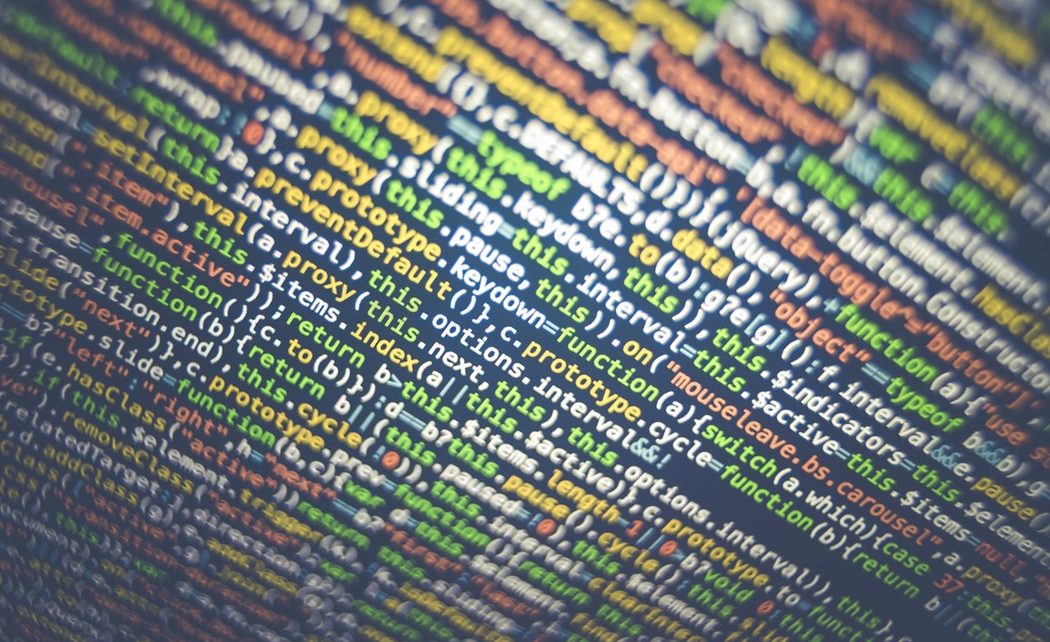Over the past 20+ years, I have been working as a software engineer, architect, and programmer, creating, designing, and programming various applications. My main focus has always been to achieve business goals and transform business ideas into digital reality. I have successfully solved numerous business problems and increased productivity for small businesses as well as enterprise corporations through the solutions that I created.
My strong technical background and ability to work effectively in team environments make me a valuable asset to any organization.
Algorithm 3 extracts edge map features from BMP images. It begins by converting the image to grayscale if necessary and applies the Canny algorithm, returning the image edges. The process involves steps like Gaussian filtering to remove noise, Sobel operator application in horizontal and vertical directions, and angle calculation for each pixel. The resulting edges are thresholded and subjected to double thresholding for refinement. Finally, the processed image with edge maps is returned.
Algorithm 4 operates similarly but focuses on extracting edge angles instead of edge maps. It follows a comparable process, including Gaussian filtering, Sobel operator application, and angle calculation, but stores the occurrences of each angle in tiles of the image, returning an array defining the edge angles.
Algorithm 2 extracts histogram features from BMP images. It begins by taking an image as input and converts it to grayscale if necessary. The image is divided into tiles, and histograms are calculated for each tile. These histograms are stored in a 2D array, representing the result. The algorithm iterates through tiles, extracting sub-images, calculating histograms, and storing them in the result array. Finally, the resulting array of numerical values defining the histogram is returned, providing essential feature extraction for subsequent analysis in video stream matching.
Algorithm 1, focusing on mean frame extraction from AVI videos, operates similarly for both source and target videos. It stores the first and last frames and extracts a defined percentage of frames (10%) as temporary frames. Each temporary frame undergoes histogram calculation and comparison using the KS Test. Frames with differing distributions are saved as mean frames. This process continues until all frames are processed. The algorithm is outlined with steps for video input, temporary frame extraction, histogram calculation, and mean frame storage, ensuring efficient mean frame extraction for subsequent analysis in video stream matching.
This segment of VSM encompasses two distinct components:
1. Target Image – Source Video – Model
2. Target Video – Source Video – Model
Each component represents a different scenario for comparison: matching a target image with a source video and matching a target video with a source video. These models serve as the foundation for analyzing and comparing video streams, enabling various applications in multimedia processing and content-based similarity analysis.
The VSM architecture comprises three main components: loading target videos, loading source videos, and loading target images into the classification model. Users can load target videos, source videos, or target images for classification purposes. Each component serves a specific function within the system, facilitating the comparison and analysis of video streams. The architecture is designed to handle various types of input data, ensuring flexibility and adaptability for different applications requiring video stream matching.






